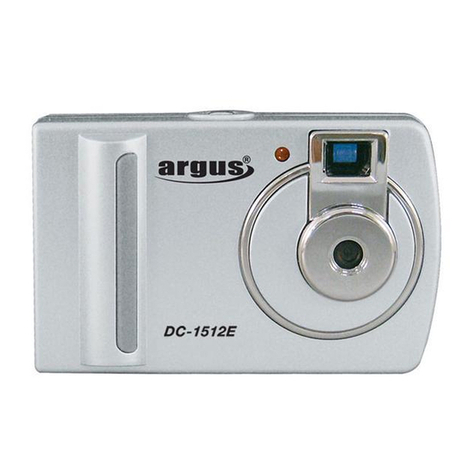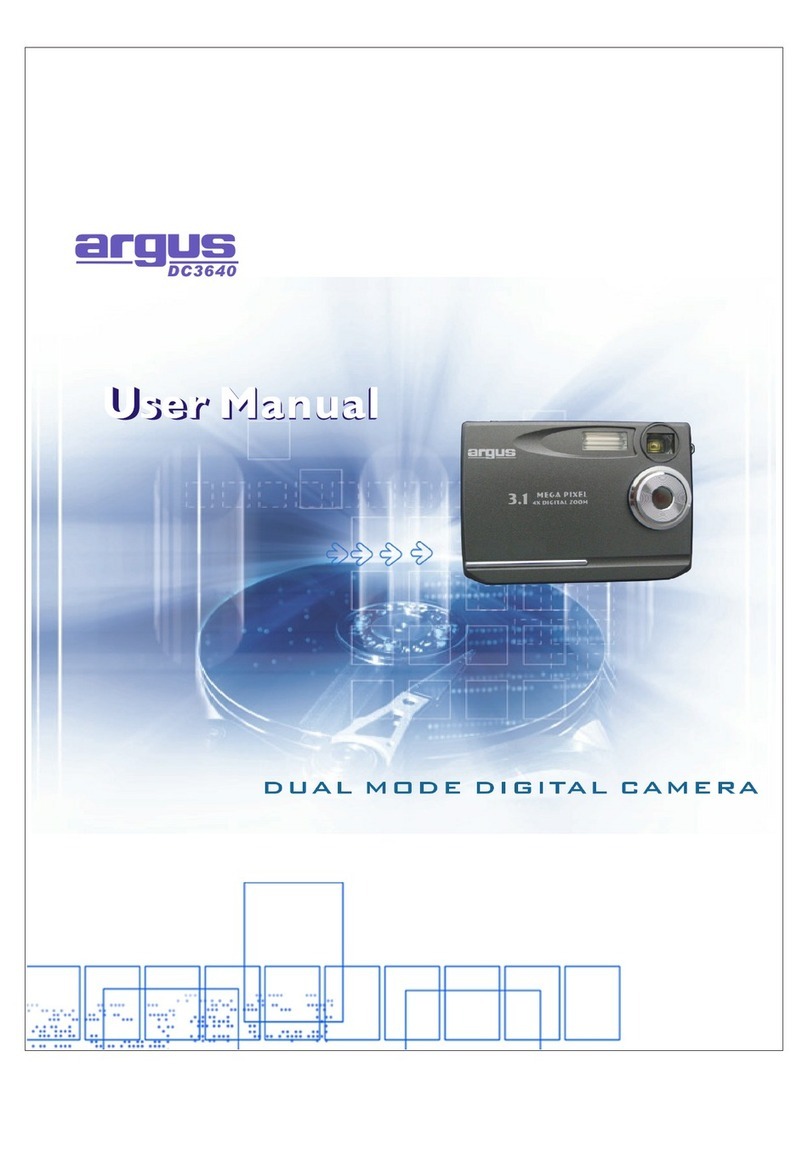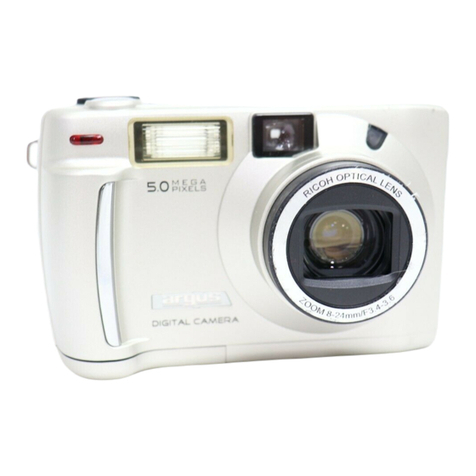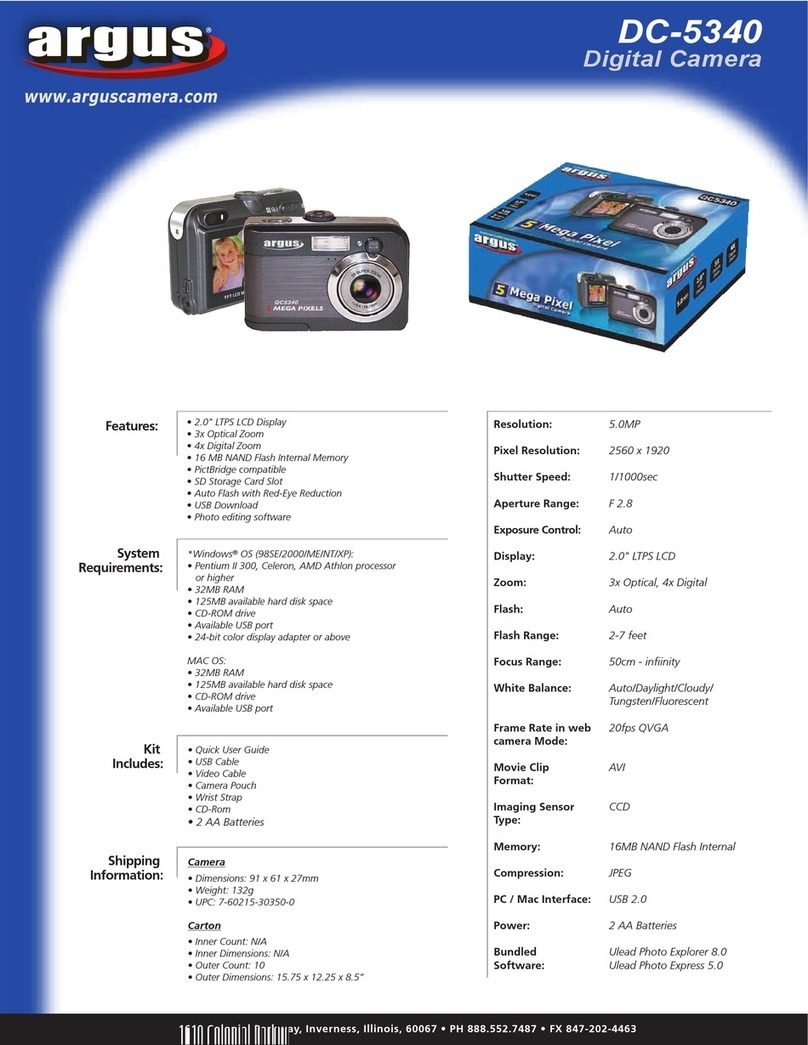Argus cosina 704 User manual
Other Argus Digital Camera manuals
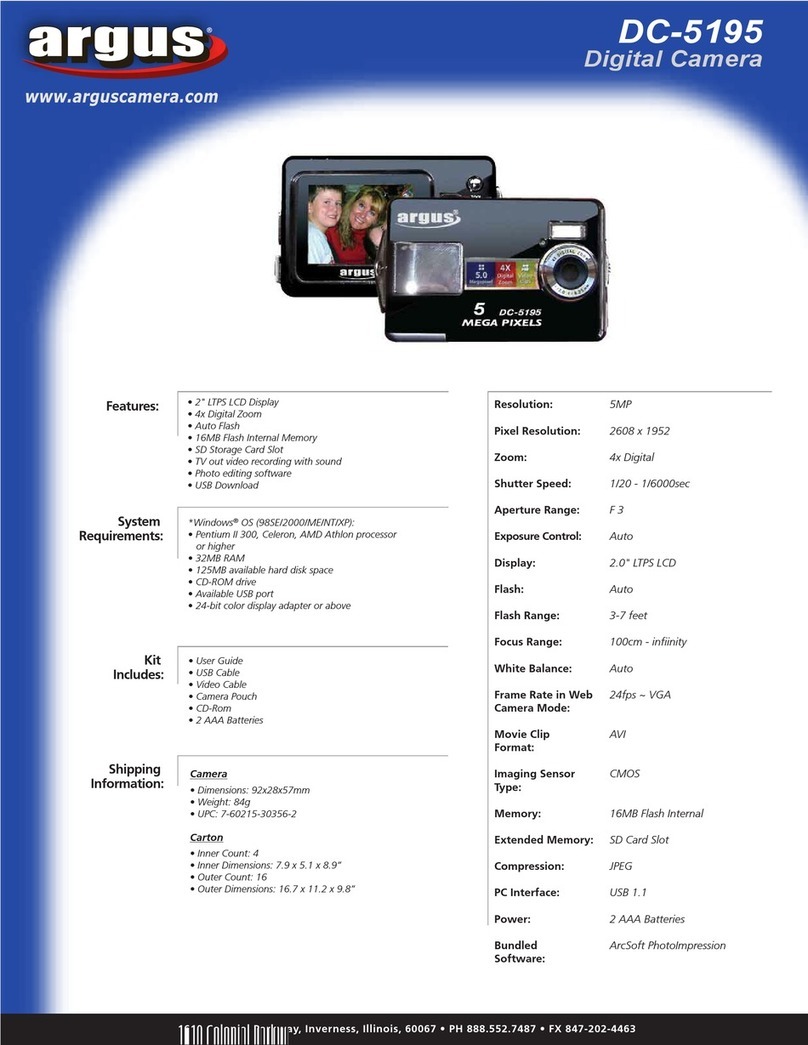
Argus
Argus Argus DC-5195 User manual
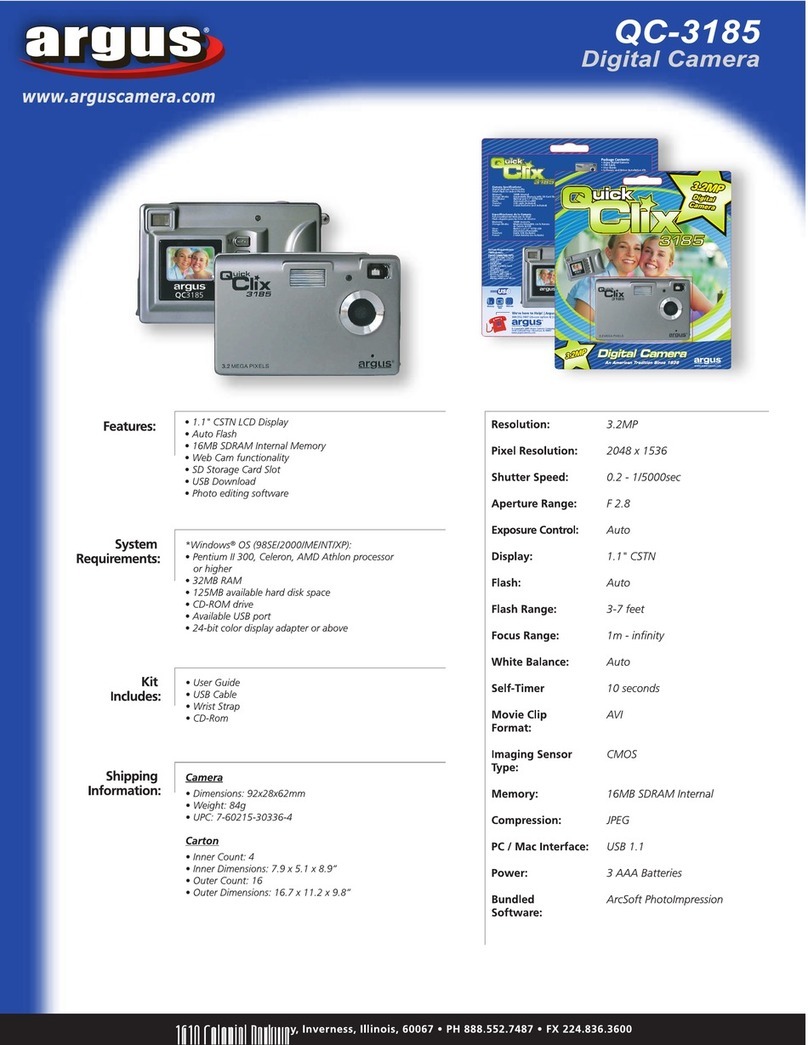
Argus
Argus QC-3185 User manual
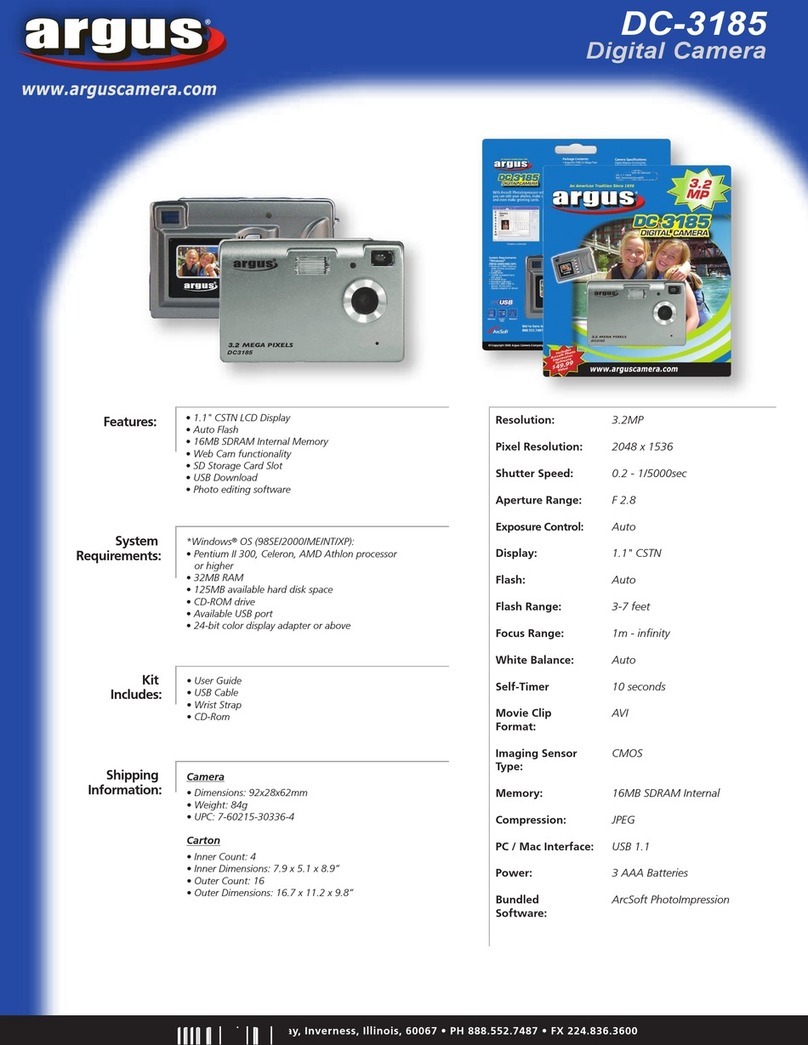
Argus
Argus Argus DC-3185 User manual

Argus
Argus DC1730 User manual
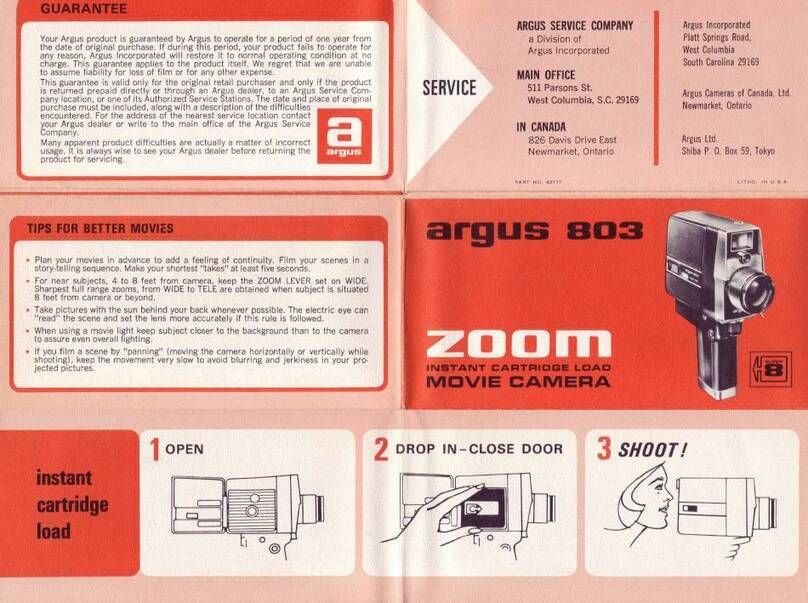
Argus
Argus 803 User manual
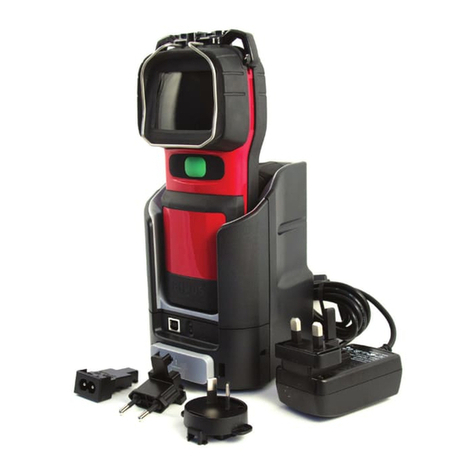
Argus
Argus Mi-TIC Series User manual
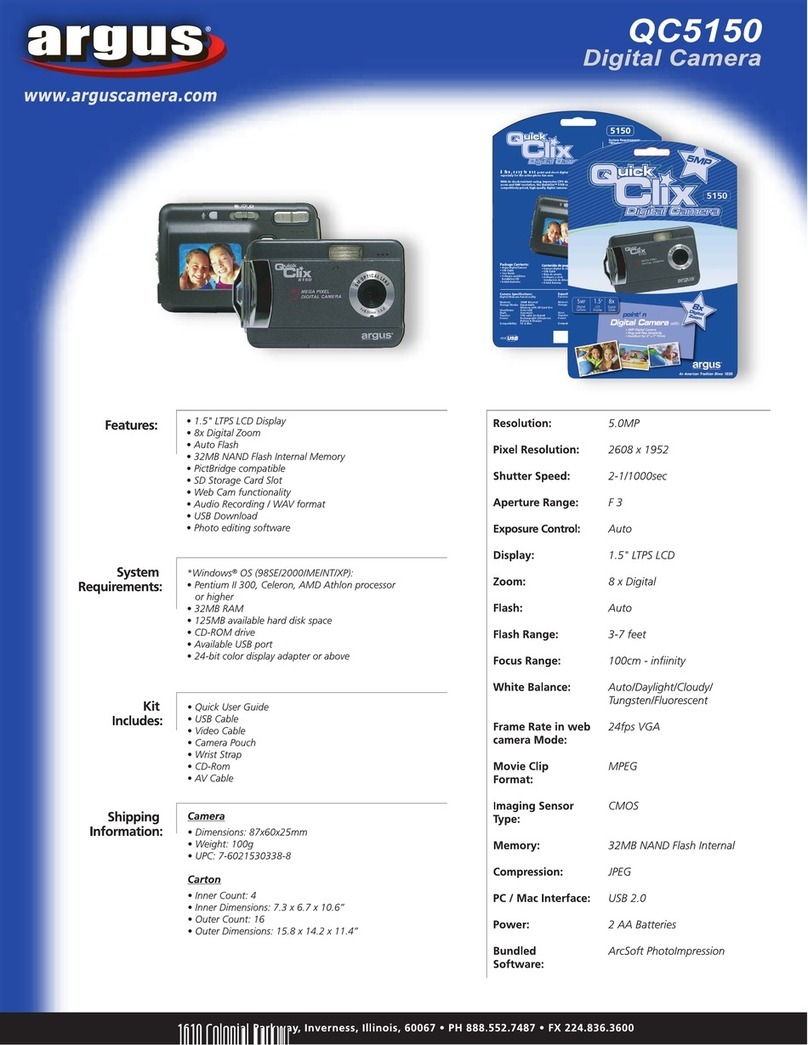
Argus
Argus QC-5150 User manual
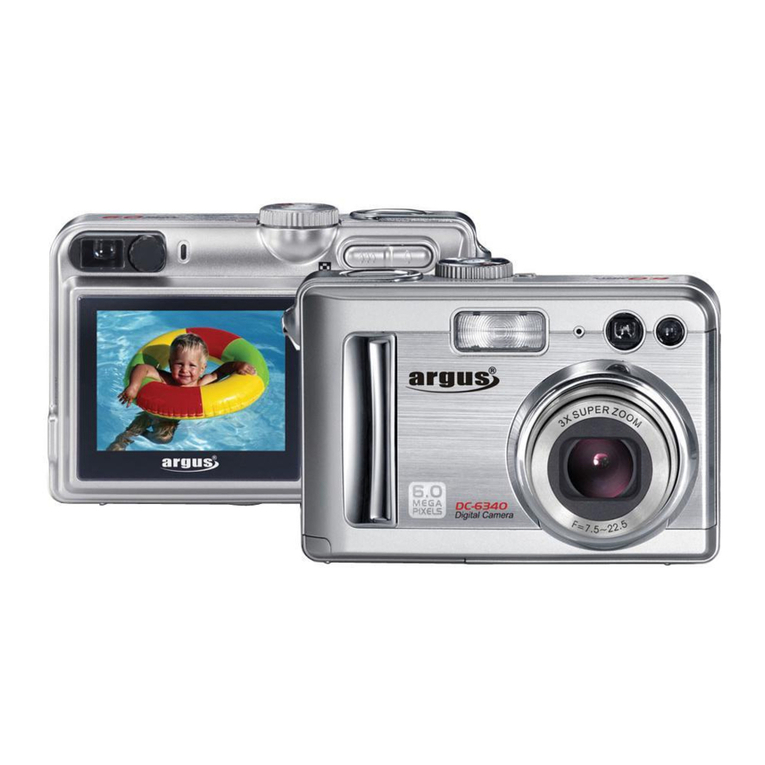
Argus
Argus DC-6340 User manual
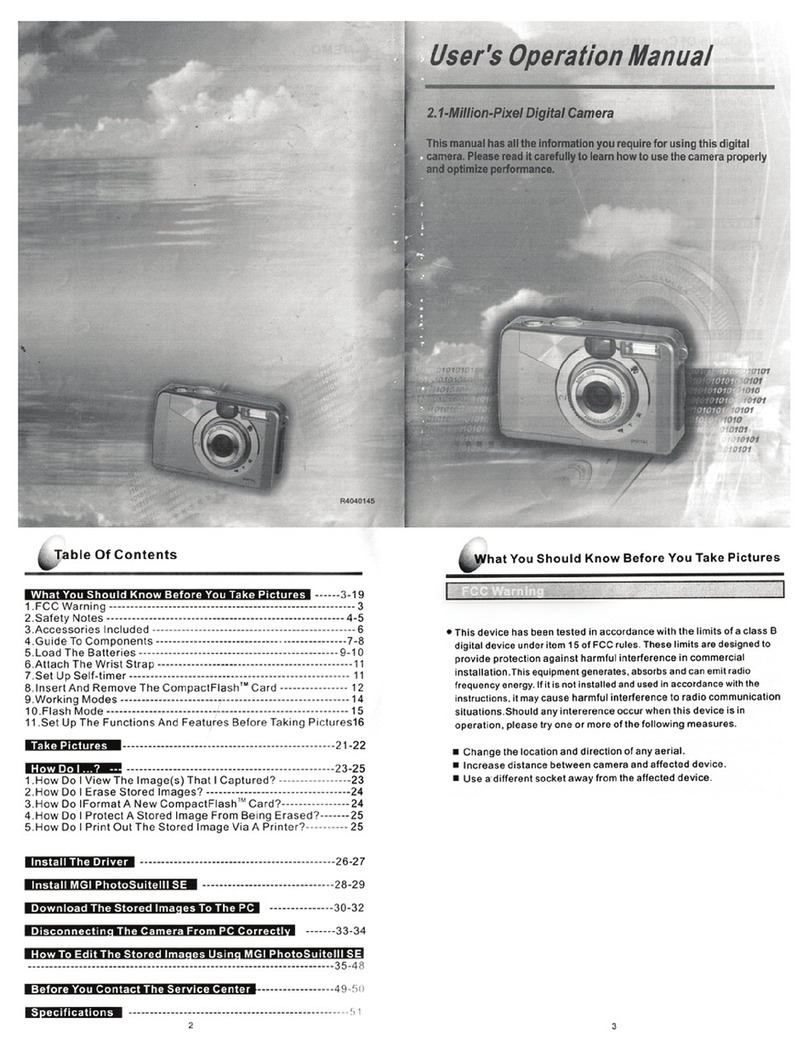
Argus
Argus DC3500 Mounting instructions
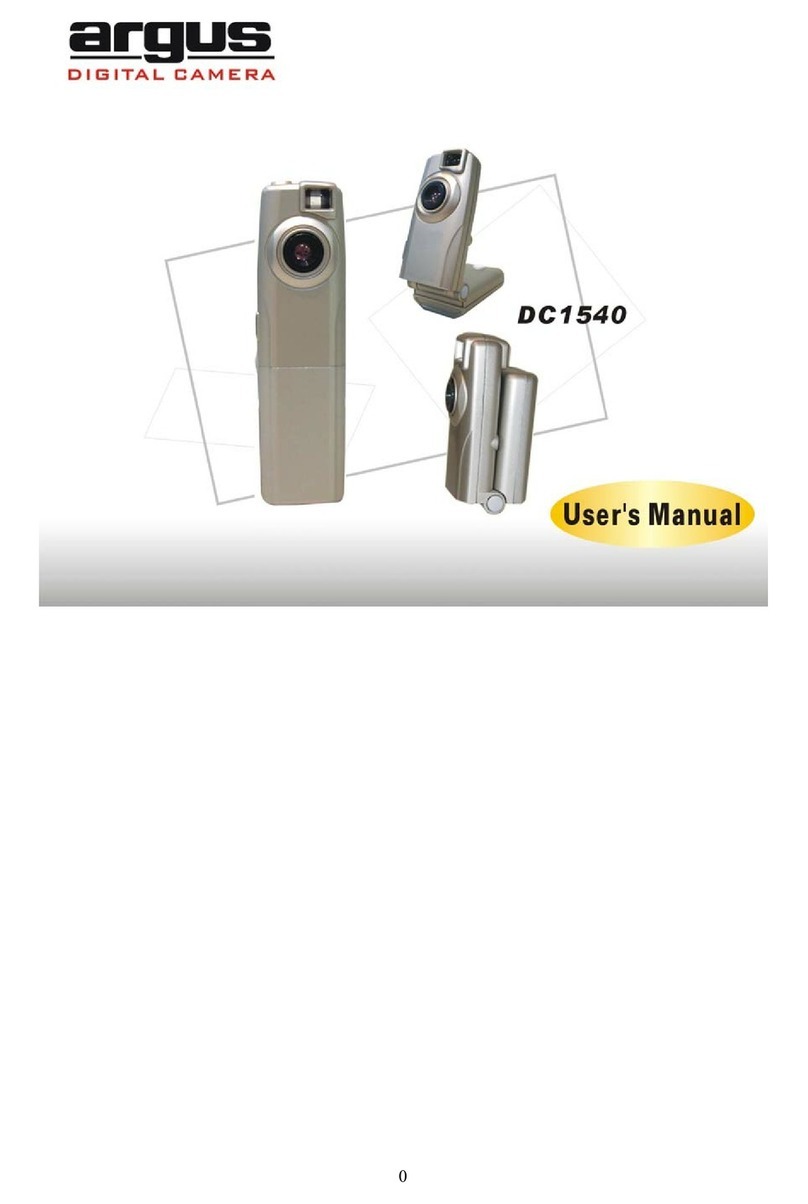
Argus
Argus DC1540 User manual
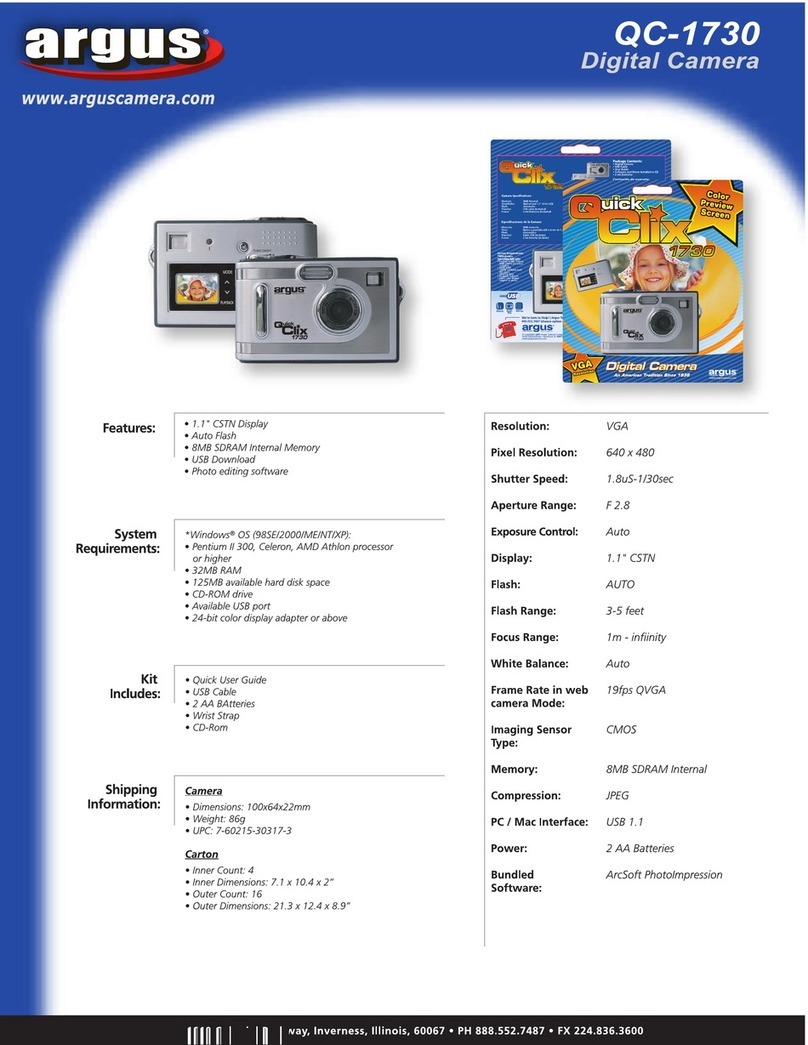
Argus
Argus QuickClix 1730 User manual
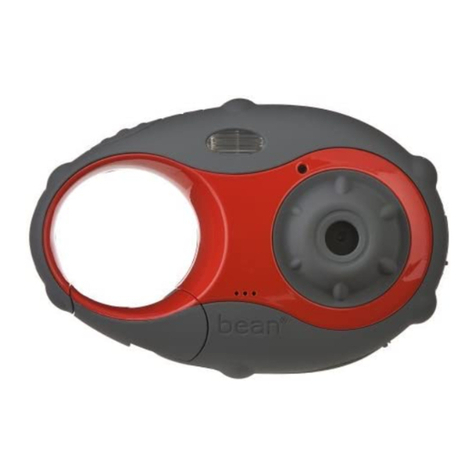
Argus
Argus Bean3 User manual
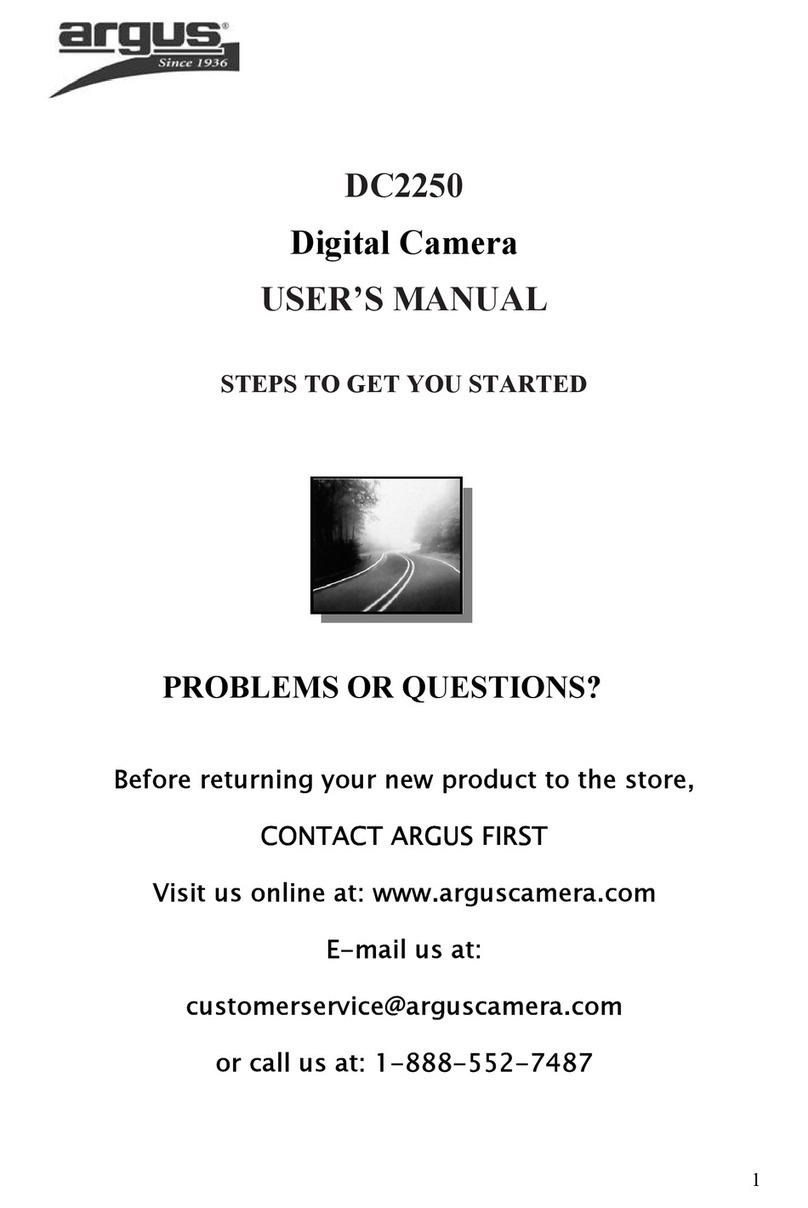
Argus
Argus DC2250 User manual

Argus
Argus QC-3195B User manual
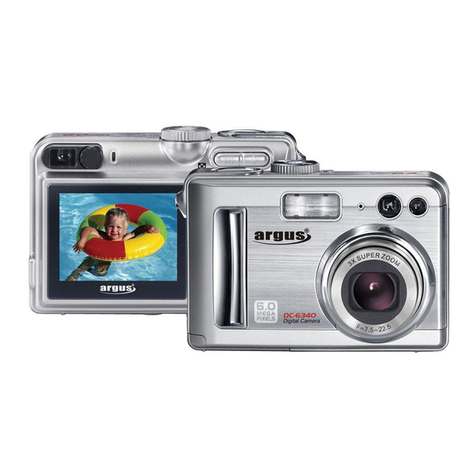
Argus
Argus DC-6340 User manual
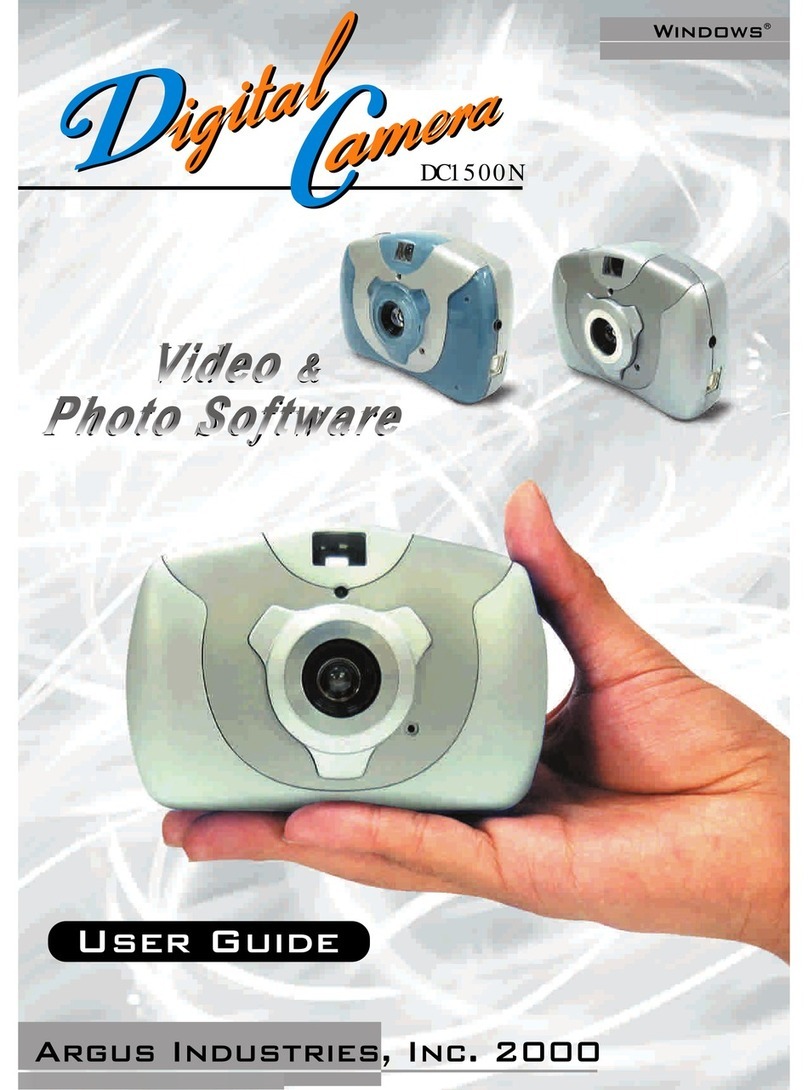
Argus
Argus DC1500N User manual
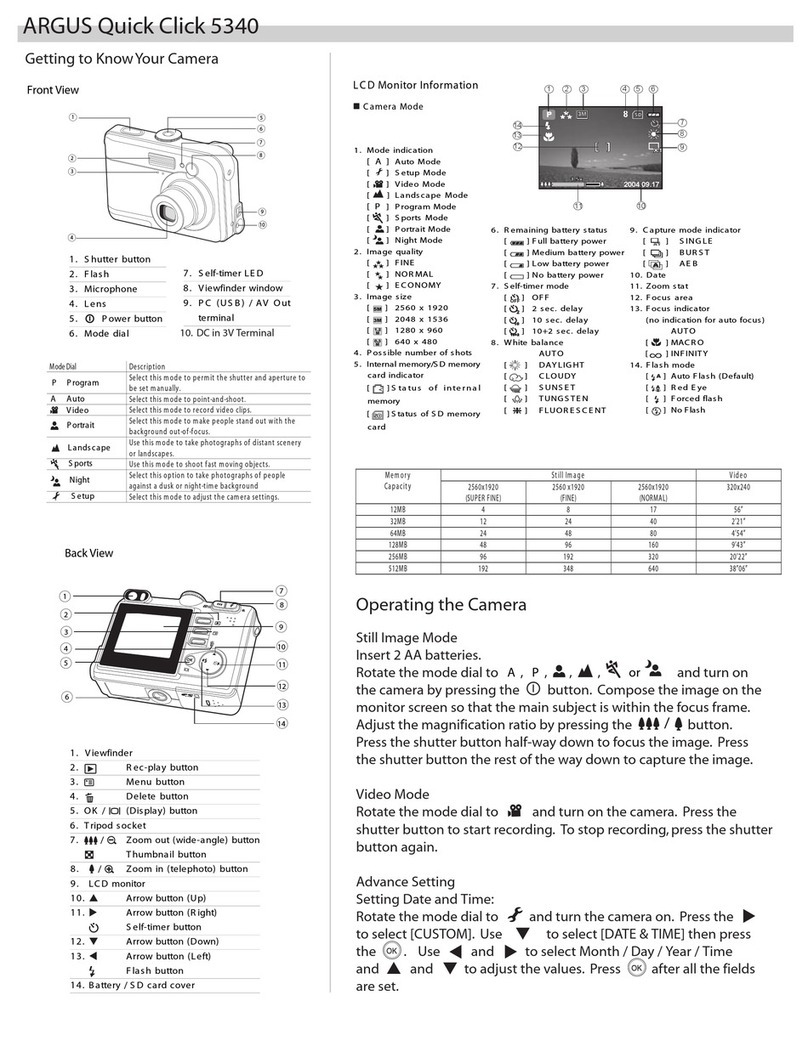
Argus
Argus Quick Click QC-5340 Specification sheet

Argus
Argus Argus DC-1088 User manual

Argus
Argus QC-2185 User manual
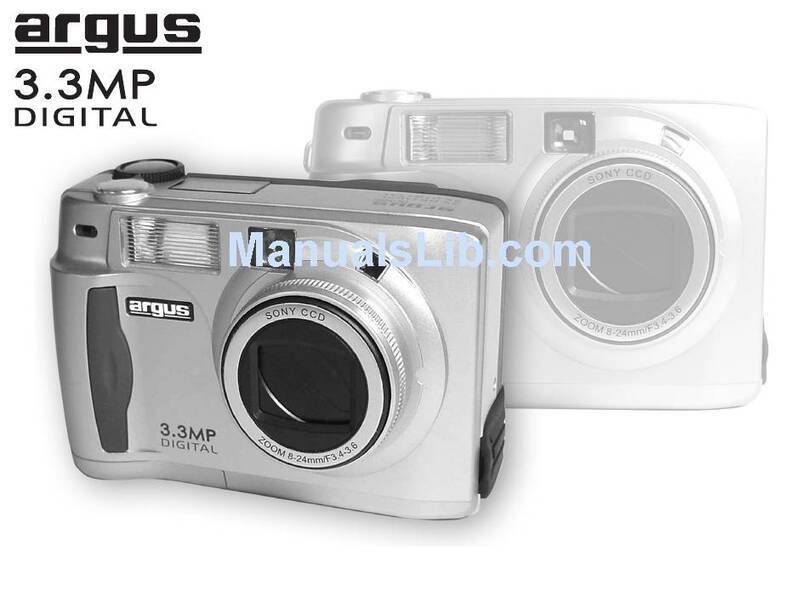
Argus
Argus DC3650 User manual
